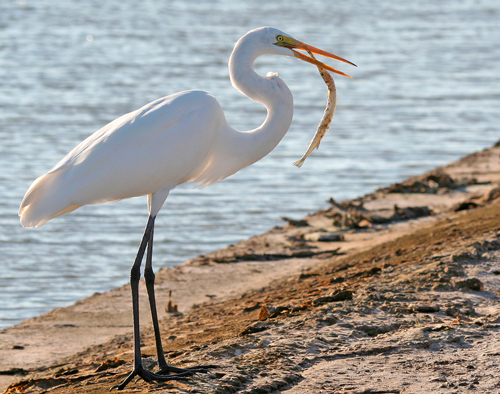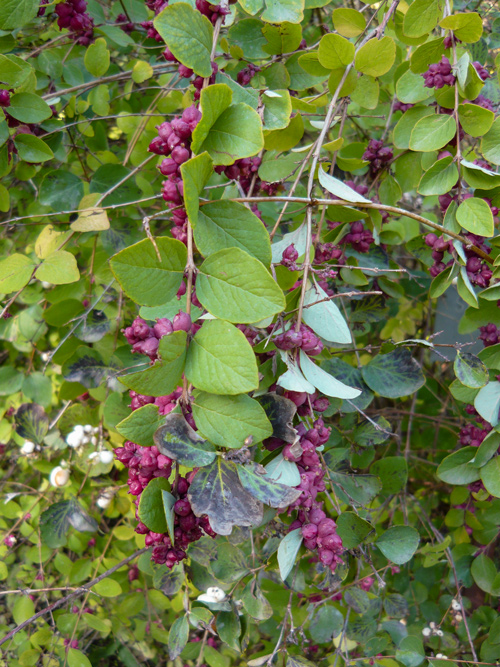The Indians not yet Arrived
by Yellowstone Public Radio[1]Originally aired weekdays by Yellowstone Public Radio during the Bicentennial observance of 2003-2006. Narrated by Hal Hansen. Scripts by Whit Hansen and Ed Jacobson. Produced by Leni Holliman. © … Continue reading
Council Bluff Camp
This place we named Council-Bluff, and by observation we found to be in latitude 41d 17m north.
—Patrick Gass
Otoe and Missouria Visitors
to day the Otoe and Missouria Indianes Came whare we had expected thay fired meney Guns when thay Came in Site of us and we ansered them withe the Cannon thay Came in about 2 hundred yardes of us Capt Lewis and Clark met them at Shakeing Handes we fired another Cannon— thare was 6 Chiefs and 7 men and one French man with them who has Lived with them for som yeares and has a familey with them—
—Charles Floyd
Good Hunting
G. Drewyer returned found the Horses & killed a fine Elk & brought it all in; Labuche [Labiche] went out and killed & brought in one Deer. Collins killed a verry fat Buck weighed 134 pounds . . . . Peter Cruset [Pierre Cruzatte] killed one fine Buck & brought it in
—John Ordway
Great Egret
This day one of our Hunters brought me a white Heron. this bird as an inhabitant of ponds and Marasses, and feeds upon tadpoles, frogs, small fish &c— they are common to the Mississipi and the lower part of the ohio River, (ie) as high as the falls of that river.—
—Meriwether Lewis
Lost Specimen No. 26
No. 26.— Taken on the 2ed of August in the parie at the Cuncil bluff. it is a species of honeysuccle; the flower is small and the tube of the flour is very small and short they smell precisely like the English Honeysuccle so much admired in our gardens.
—Meriwether Lewis
Moulton identifies this lost specimen, received by John Vaughn in 1805 (see The Donation Book), as either Symphoricarpos occidentalis, western snowberry or S. orbiculatus, buckbrush.[2]Gary E. Moulton, ed. Journals, “Fort Mandan Miscellany”, vol 3:457–58, 468.
Experience the Lewis and Clark Trail
The Lewis and Clark Trail Experience—our sister site at lewisandclark.travel—connects the world to people and places on the Lewis and Clark Trail.
Plan a trip related to August 2, 1804:

Fort Atkinson is a High Potential Historic Site along the Lewis and Clark National Historic Trail managed by the U.S. National Park Service. The Fort, the first site of a formal meeting between U.S. Government officials and a western Indian Tribe, is a National Historic Landmark open to the public as a Nebraska State Park.
Notes
| ↑1 | Originally aired weekdays by Yellowstone Public Radio during the Bicentennial observance of 2003-2006. Narrated by Hal Hansen. Scripts by Whit Hansen and Ed Jacobson. Produced by Leni Holliman. © 2003 by Yellowstone Public Radio. |
|---|---|
| ↑2 | Gary E. Moulton, ed. Journals, “Fort Mandan Miscellany”, vol 3:457–58, 468. |




